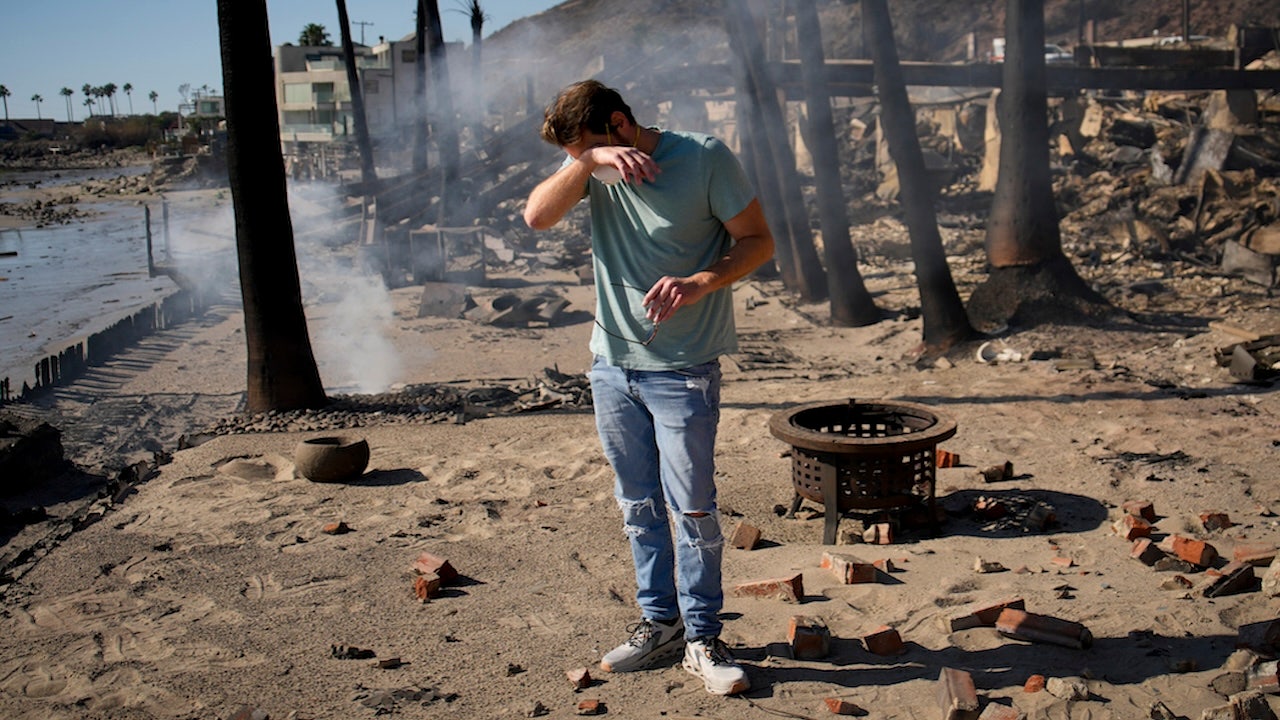In his appealthe WHO said that a staggering 339 million people are now in need of humanitarian aid around the world.
Tedros Adhanom Ghebreyesus, the UN agency’s director-general, urged donors to “be generous” and help WHO save lives, prevent the spread of disease within and across borders and help communities rebuild.
Today, WHO staff are helping in 54 health crises around the world, 11 of which are classified as Grade 3, the WHO’s highest emergency level, requiring the most comprehensive response.
“As is often the case, the most vulnerable are hit hardest,” the UN agency said in a statement.
React in all crisis situations
The UN agency is already working on an “unprecedented” number of emergencies, from the aftermath of devastating floods in Pakistan to catastrophic food insecurity in the Sahel and Greater Horn of Africa.
WHO is also heavily involved in alleviating the suffering in Ukraine following the Russian invasion and continues to work in Yemen, Afghanistan, Syria and northern Ethiopia where conflicts, COVID-19 and climate change have dangerously affected access to health care.
The main hospital in Izyum, Kharkiv region, was almost completely destroyed, making it difficult for tens of thousands of people to access basic services. .
Tedro’s calling
“This unprecedented convergence of crises demands an unprecedented response,” said Tedros. “More people than ever are at imminent risk of disease and starvation and need help now. The world cannot look away and hope that these crises will resolve themselves.”
In 2022, WHO support to communities, in collaboration with local and national authorities, non-governmental agencies and civil society organizations, included medicines and other essential supplies, training for health professionals, vaccines, enhanced disease surveillance, mobile clinics, mental health support and maternal health consultations and more.
Health Benefits
“WHO is delivering low-cost, high-impact answers that Protect health, life and livelihoods‘ the agency said. “Every US$1 invested in WHO generates at least a $35 return on investment.”
According to the WHO website, the UN agency is responding to grade 3 health emergencies in Afghanistan, the Democratic Republic of the Congo, the Greater Horn of Africa, northern Ethiopia, Somalia, southern Sudan, Syria, Ukraine and Yemen. The COVID-19 pandemic and MPOX outbreaks are also Grade 3 emergencies.





